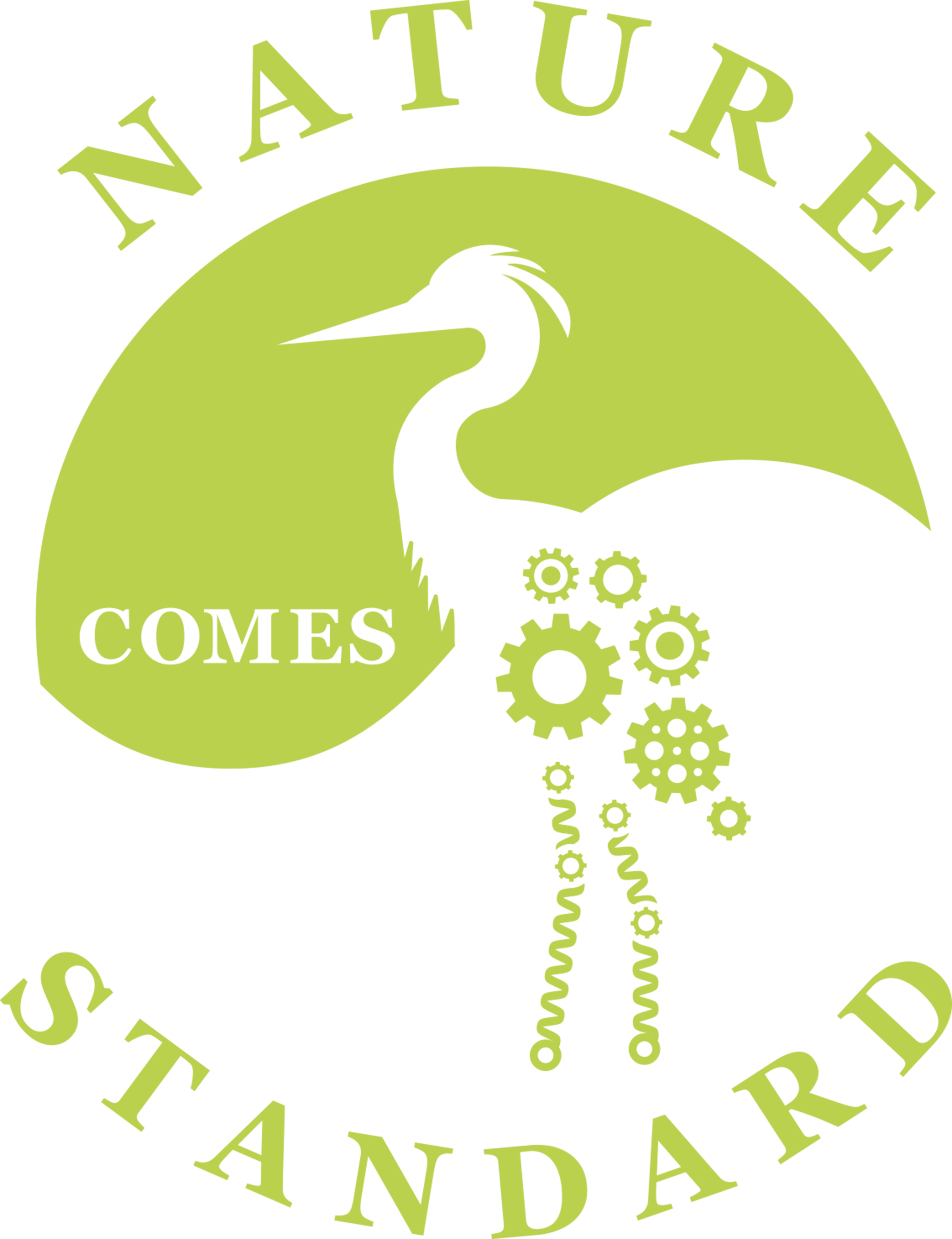An Insect Inspiring Technological Advancement

Would you squash the bug that could speed up your iPhone? While meeting with some contractors at the city hall, I noticed a black insect on the interior wall. If possible, I move insects back to their natural habitat. Using my made-in-Detroit Shinola notebook, I corralled the specimen for released outside. Not knowing the insect-type, I inquired from my entomologist friend, Holly its type; a weevil or, more specifically, an Otiorhynchus sulcatus (black vine weevil). The weevil is a pest to the green thumbs, but the weevil may inspire faster electronic gadgets to silicon valley.
Insects and crustaceans use structural color to camouflage from predators and attract mates. Structural color uses crystalline structures to reflect and refract light like a prism. Chitin, a crystalline, sugar-based polymer, builds the hard and colorful exoskeleton of these organisms. These crystals' patterns and layers could be cubic-, diamond- or gyroid-shaped redirecting incoming light into iridescent colors of the rainbow. The iridescent green Brazilian weevils, Entimus imperialis (diamond weevil), and Lamprocyphus Augustus have unique diamond-shaped crystalline structures under investigation to inspire sustainable human-applied ways of transmitting photons.
So why would the computer industry care about the exoskeleton of insects? Currently, computer chips use an ionic crystalline structure to transmit electrons to create computing power. In other sectors, copper wires, which also transmit electrons, have been replaced by fiber optics that transmit photons. Photons are essentially light, and transmitting light results in faster processing speeds. Thus, the weevil’s diamond crystalline structures could inspire ways to build photon transmitting computer chips. It can also provide ideas for three-dimensional information transmission versus the slower two-dimensional information transmission; more directions mean faster speeds.
So before you grab a shoe to smash that insect in your house, reflect on how the light reflects and refracts off the organism’s body. How could these pests inspire humans to live more sustainably and efficiently?
References:
Wilts, Bodo D BD (2012). "Hemispherical Brillouin zone imaging of a diamond-type biological photonic crystal.". Journal of the Royal Society interface (1742-5689), 9 (72), p. 1609. http://rsif.royalsocietypublishing.org/content/9/72/1609






